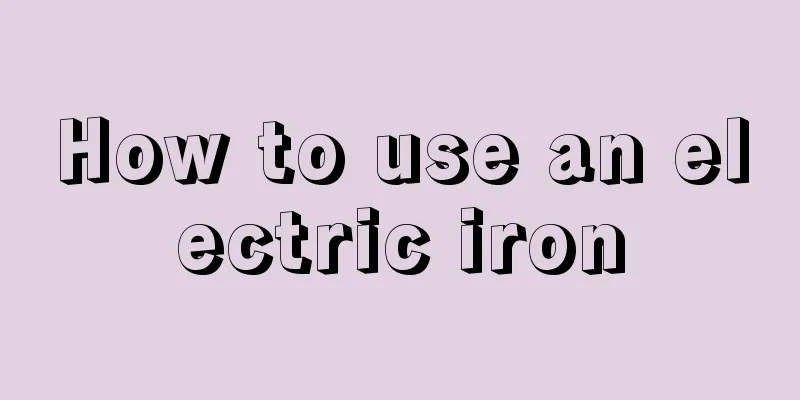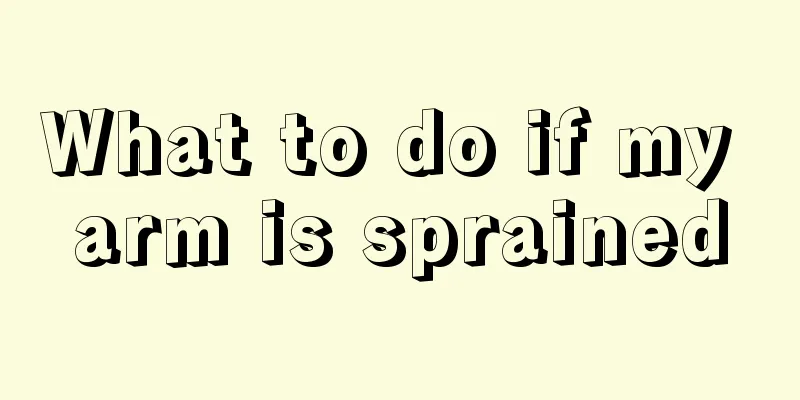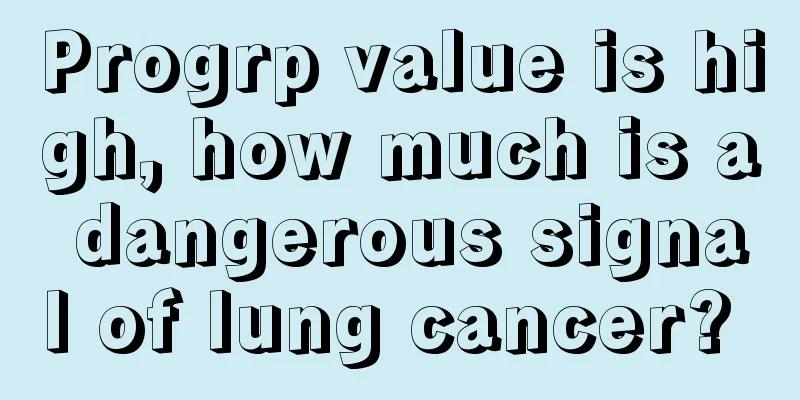The difference between minor injury and slight injury

|
Nowadays, many medical and legal methods will punish people by judging whether the external and internal injuries of their bodies are minor or slight. Because some people have been hit by objects or have been injured by others, they need to be judged through medical diagnosis. This method is relatively simple and effective. It can correctly distinguish the current condition of the patient and provide timely treatment. Sentencing Compensation Minor injury refers to the effects of various external factors such as physical, chemical and biological factors on the human body, which cause a certain degree of damage to the structure of tissues and organs or partial functional disorders, but do not constitute serious injuries or minor injuries. Article 234 of the Criminal Law stipulates that anyone who intentionally injures another person shall be sentenced to fixed-term imprisonment of not more than three years, criminal detention or control. Article 119 of the General Principles of Civil Law and the Interpretation of the Supreme People's Court on Several Issues Concerning the Application of Law in Handling Personal Injury Compensation Cases provide that if bodily injury is caused to a person, the perpetrator shall compensate for the expenses of medical treatment, loss of work, nursing, transportation, accommodation, food allowance during hospitalization, necessary nutrition, etc.; if the injury reaches the level of disability, disability compensation, disability assistive device expenses, living expenses for dependents, and necessary rehabilitation expenses, nursing expenses, and follow-up treatment actually incurred for rehabilitation care and continued treatment are also required. Laws and regulations General Article 1 This standard is formulated in accordance with the relevant provisions of the Criminal Law of the People's Republic of China, based on the theories and techniques of medicine and forensic medicine, and combined with the practical experience of forensic examinations, to provide a basis for the identification of minor injuries. Article 3 The degree of injury should be determined based on the primary damage and consequences directly caused to the human body by external factors, including the injury at the time of injury, complications and sequelae caused by the injury, etc., and a comprehensive analysis and comprehensive assessment should be made. Article 4 The appraiser shall be a forensic physician or a person with forensic medical appraisal qualifications; he may also be a chief physician or above employed or entrusted by the judicial authority. The appraiser has the right to understand the case, review case files, medical records and inspect the scene, and the relevant units have the responsibility to cooperate. The appraiser must adhere to the principle of seeking truth from facts, apply scientific testing methods, keep the case confidential, and abide by relevant laws and regulations. Head and neck injuries Subgaleal hematoma The area of scalp avulsion is up to 20 square centimeters (up to 10 square centimeters in children); the area of scalp traumatic defect is up to 10 square centimeters (up to 5 square centimeters in children). Article 6 The cumulative length of scalp wounds caused by sharp objects is up to 8 cm, and for children it is up to 6 cm; the cumulative length of scalp wounds caused by blunt objects is up to 6 cm, and for children it is up to 4 cm. Article 7. Simple skull fracture. Article 8: Head injury is confirmed to cause temporary disturbance of consciousness and recent memory loss. Article 9 Eye Injury (I) Eyelid injury affects facial appearance or function (ii) simple fracture of the orbit; 3. Partial damage and dysfunction of the lacrimal apparatus (iv) Damage to the structure of the eyeball that affects the appearance or function; (V) The injury causes visual impairment, with the corrected visual acuity of both eyes reduced to below 0.7 (a decrease of more than 0.2 compared to the visual acuity before the injury), and the corrected visual acuity of one eye reduced to below 0.5 (a decrease of more than 0.3 compared to the visual acuity before the injury). For those who originally had low vision in one eye, the visual acuity after the injury will be reduced by one level. |
<<: What to do if you have a bad scalp
>>: My scalp suddenly becomes itchy, what's going on?
Recommend
How long can you live with early liver cancer
Early liver cancer refers to tumors smaller than ...
What are the methods to remove mildew stains from clothes
There are various ways to remove spots on clothes...
What medicine should I take for smelly farts
Farting is a normal physiological phenomenon that...
Does wild rice stem need to be peeled
Many people like to eat water bamboo. It is rich ...
My lips are swollen for no reason. What's going on?
We know that lips have always been a high-inciden...
What to do if you get inflamed under your nose
Getting angry is a word that we often hear. This ...
Will drinking more water in summer make you fat?
Water is an indispensable thing in our daily life...
Goose bumps on the butt
Goose bumps on the buttocks are mainly caused by ...
Sebaceous cyst
Sebaceous cysts are a very common disease. Usuall...
What are the common types of prostate cancer
Male friends should seek timely treatment after s...
What should I do if I have acne due to endocrine disorders
Endocrine plays an important role in our body. Wh...
How to make the hair down there softer
Due to different physical constitutions, the hair...
Which hospital specializes in skin cancer
I believe everyone has heard of skin cancer. Skin...
Bones grow in the heart of the hand
If there is a problem with a person's hands, ...
What is the cause of knee joint soreness
The knee is a vital part of the human body when w...









